Space debris poses a significant challenge for nations involved in space exploration. Saudi Arabia, with its historical encounters with space junk, serves as an example of the importance of addressing this issue. As the country expands its space endeavors, the management of space debris becomes a crucial consideration in the broader context of Space Ecology.
Historical Cases
In 1967, Saudi Arabia faced a diplomatic challenge when space debris from a U.S. IMP satellite landed on its territory. Despite initial reluctance, diplomatic efforts, citing the Declaration of Legal Principles and the Outer Space Treaty adopted by the United Nations in 1963, eventually led to the return of the debris. The incident highlighted the complexities of enforcing international agreements and the necessity of diplomatic engagement in resolving space-related disputes.
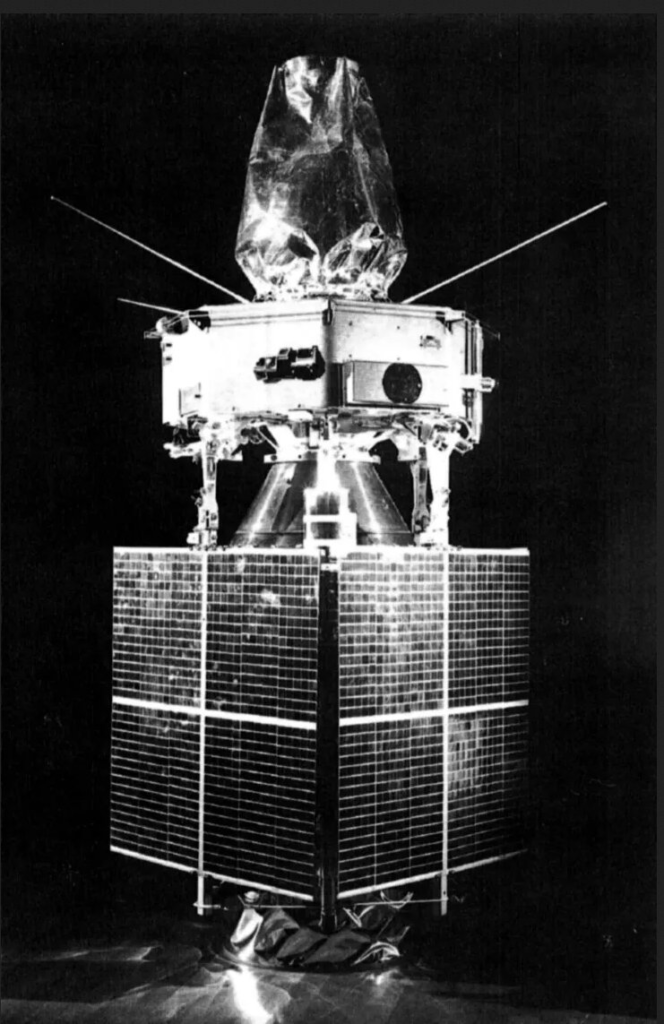
Another incident occurred in 2001 when a PAM-D (Payload Assist Module – Delta) upper stage, designated US Satellite Number 22659 (International Designator 1993-032C), reentered Earth’s atmosphere after nearly eight years in orbit. Launched on May 13, 1993, with a GPS spacecraft (USA-91), the PAM-D experienced rapid orbital decay, dropping from 145 km by 800 km. The reentry over the sparsely populated desert was observed, and one large fragment, the main titanium casing of the STAR-48B solid rocket motor (SRM) from Thiokol Corporation, weighing about 70 kg, was found approximately 240 km from Riyadh. Despite significant damage, a Boeing part number on the casing confirmed the identification. This incident highlighted the challenges associated with space debris reentry and the need for effective tracking and identification mechanisms.
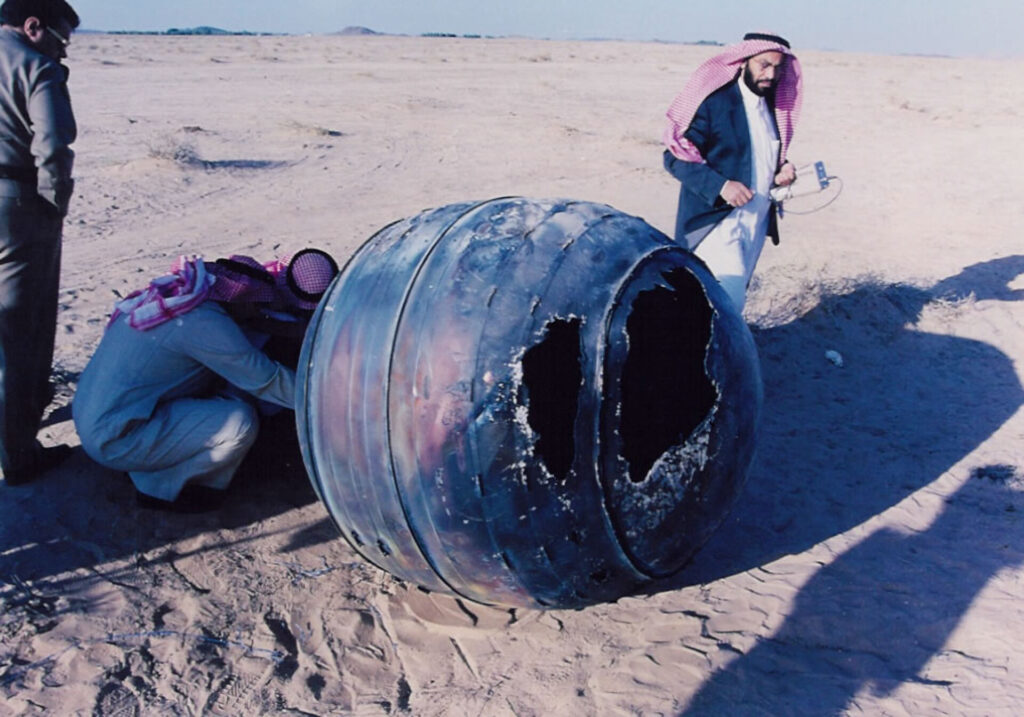
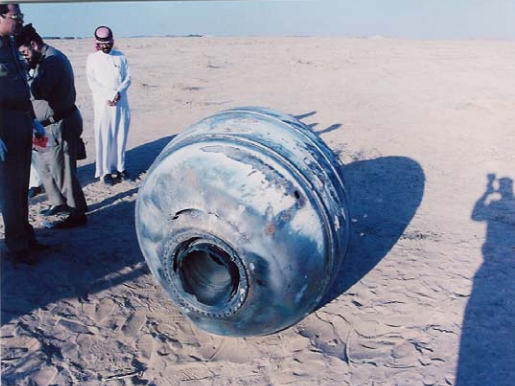
Current Challenges and Future Plans
As Saudi Arabia aims for ambitious space plans, managing space debris emerges as a critical aspect of Space Ecology. To effectively handle space traffic and debris, enhancing tracking capabilities is imperative. Improved observation technology and increased data sharing among satellite operators can make space activities safer and more efficient, reducing the risk of collisions.
Establishing best practices for avoiding collisions is crucial, especially with the growing number of active satellites. The current reliance on manual monitoring may become insufficient, necessitating the integration of artificial intelligence and automation to support a safer space environment. Implementing agreed-upon “rights of way” for satellites can further mitigate collision risks, ensuring orderly movement in space.
Preventing the addition of more debris to space is equally vital. Regulatory measures, such as requiring enhanced disposal and de-orbit plans as part of satellite licensing, can contribute to maintaining a safe and clean space environment. Encouraging voluntary actions, such as the preemptive de-orbiting of failing satellites and the active removal of inactive satellites, further addresses the issue of space debris growth.
Saudi Arabia’s historical encounters with space debris provide valuable lessons as the nation pursues ambitious plans in the realm of space exploration. By addressing tracking capabilities, collision prevention, and debris reduction, Saudi Arabia can contribute to the global efforts in ensuring a sustainable and secure space environment for the future. As nations forge ahead in space exploration, managing space debris remains a shared responsibility for the benefit of all.

Abdullah AlGharrash, Co-Founder of SpaceTech in Gulf
About the author: Passionate Saudi Aerospace Engineer with years of experience in the space and jet engines industry, mentor at SGAC, researcher, and author in the space domain.
Email: AlGharrash@spacetech-gulf.com
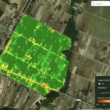


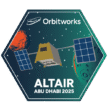



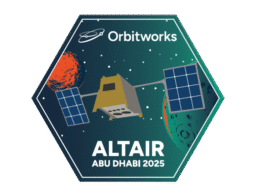

Your point of view caught my eye and was very interesting. Thanks. I have a question for you.